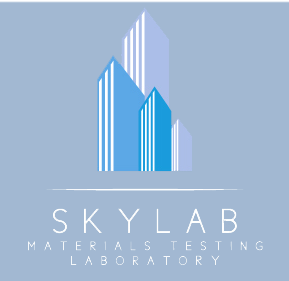What is Spray Applied Fireproofing?
The technical name for spray-applied fireproofing is sprayed fire-resistive material (SFRM). It is a passive fireproofing strategy method used to protect steel structures. This insulates the steel and metal decking from the high temperatures, should there be a fire. Spray-applied fireproofing has the thermal properties to protect steel and concrete as well as acoustic properties.
Spray Fireproofing has a fire-resistance rating lasting 1 to 4 hours. Both of these SFRMs are applied behind the interior and exterior finishes like drywall, precast panels, and false ceilings.
Types of Spray Fireproofing materials:
Spray-applied fire-protective materials generally fall into two broad categories:
- Mineral fiber– is a combination of fibers, mineral binders, air, and water. The final coating is lightweight, non-combustible, chemically inert, and a poor conductor of heat.
- Cementitious— is made from Portland cement or gypsum plaster.
The materials can be used in wet or dry form but it is crucial that these are mixed according to the manufacturer’s instructions and applied accordingly. These are spray-applied with specially designed equipment along with binding agents and water.
Testing Requirements:
Inspection and Material Testing of the SFRM consists of thickness measurements, density testing, and cohesion/adhesion tests.
Thickness Testing:
This is determined by inserting a pin through the SFRM into the substrate. The higher the hour rating requirement is for a structural component, the thicker the SFRM should be.
Density Testing:
Density testing of the SFRM consists of removing a known volume of SFRM from a structural component and drying the material to a constant weight to determine the weight per volume. This is typically done in a laboratory setting.
Cohesion and Adhesion Testing:
This test is performed to determine the bond strength of the SFRM to the steel component. A plastic cap with a hook in the center is bonded to the SFRM, then force is applied until adhesion failure or until the product specifications are met. Fireproofing adhesion and cohesion kits that meet ASTM E736 can be purchased for accurate material sampling. The simple pull gauge records the actual fail point in lbs/ft. For more information on these standards, see: https://www.awci.org/
Regulations and Codes Related to SFRM:
The fire resistance of structures to which SFRM are applied is measured and defined by fire endurance tests such as ASTM E119, Standard Test Methods for Fire Tests of Building Construction, and Materials.
The characteristics of SFRM are determined according to ASTM E736, Standard Test Method for Cohesion/Adhesion of Sprayed Fire-resistive Materials Applied to Structural Members, and ASTM E605, Standard Test Methods for Thickness and Density of Sprayed Fire-Resistive Material Applied to Structural Members, among other codes.
Skylab Materials and Testing is an experienced, reliable full service material testing laboratory with offices in the five boroughs of NYC, Long Island, Staten Island, and New Jersey. We are experts in the field of quality standards.While performing any type of Spray Fireproofing inspection, our inspectors pay close attention to detail and our reports are thorough, detailed, and accurate. For more information on all of our services, visit https://skylabmtl.com/about-us/


